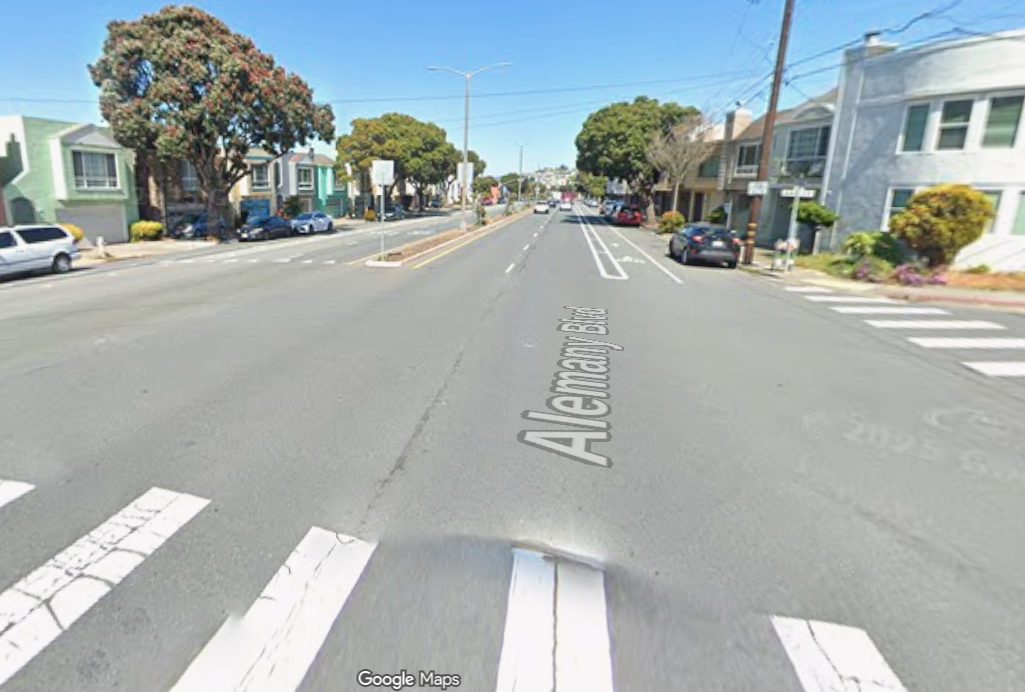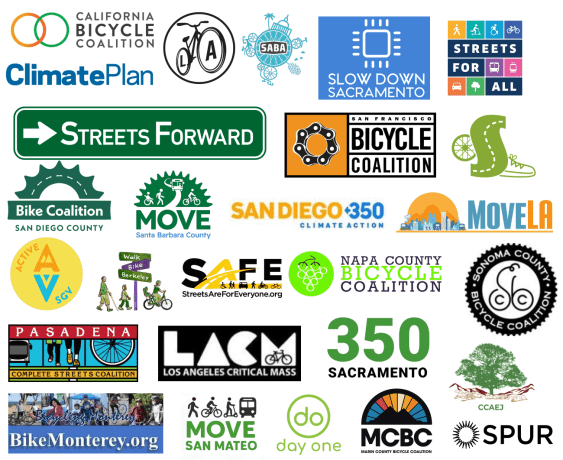Last week, the Ridesharing Institute sent out its first press release. Based in New Zealand (at least, that’s where the Executive Director is, though the group did recently incorporate in Delaware), the organization doesn’t yet have a website, though it does have a Facebook page and a wiki. As its first foray into U.S. politics, the Institute took on the Senate transportation bill, MAP-21. “Where is ridesharing in the bill?” the institute wondered.

They call it “a missed opportunity.”
In a blog post for the Eno Foundation, where she serves on the Board of Advisors, Cynthia Burbank of Parsons Brinckerhoff (and vice chair of the new Ridesharing Institute) lamented the exclusion of ridesharing in the Senate bill (though, she acknowledges, “almost everyone” overlooks carpooling and vanpooling). She groups the two modes together to call it “C/V.”
C/V currently serves 10 percent of work trips – more than transit, biking, and walking combined. It saves money for households and increases options for commuters everywhere. It is a policy and modal option that could improve system performance and reduce congestion, could be planned and implemented in one to two years, does not require an EIS or streamlining angst, complements and reinforces transit, and works as well in rural and small/mid size metros as it does in the mega cities. But it has been in decline, in part because of lack of Federal emphasis and support. We need to reverse that trend.
SAFETEA-LU, the current transportation law, includes many mentions of encouraging C/V but no dollar amount to support it. Official transportation policy has encouraged carpooling since ISTEA passed in 1991. The law “hereby declared” that “special effort should be made to promote commuter modes of transportation which conserve energy, reduce pollution, and reduce traffic congestion” and directed the transportation secretary to “assist both public and private employers and employees who wish to establish carpooling and vanpooling programs” and so on. Still – no money.
Perhaps the most significant federal investment in ridesharing is the implementation of HOV lanes, and FHWA doesn’t quantify the amount it spends on that separately from the amount it spends on other road maintenance projects in the states.
Some transit agencies sponsor ride-share matching, or even subsidize van pools, with Federal Transit Administration dollars — but the FTA doesn’t have any data on how much federal money is spent for these activities.
Burbank says MAP-21 “has some helpful C/V provisions, including eligibility under the Transportation Mobility Program, non-degradation for HOV lane performance, and provision for EV charging at park-and-ride lots.” But she’d also like to see eligibility in the National Highway Performance Program (though she’s wrong in stating that bike/ped is covered under that program). A sensible idea Burbank puts forward is to set performance requirements based on “person trips and passenger miles (as well as freight throughput) as opposed to the old vehicle throughput measures of the past.” She also wants more research dedicated to innovating and piloting carpooling options and a mandate to USDOT to develop and implement a strategic plan to “double carpooling and vanpooling within 10 years.”
All of that could be part of a meaningful national goal of reducing congestion and carbon emissions. The current bill includes performance measures, but none that would lead to such significant work incentivizing ridesharing and other means of bringing down vehicle-miles-traveled.
Meanwhile, Burbank, in her post, points to two seemingly contradictory trends. Ridesharing is down below ten percent, according to the American Community Survey – a big drop from its 12.2 percent share in 2000. This, Burbank blames on a lack of federal support. But she also says it’s a perfect time for a ridesharing comeback:
Today, new forms of C/V have tremendous potential, using modern information technology, iPhone apps, slugging, “flexible” or “casual” C/V, as well as expanded employer C/V programs.
If iPhone apps and other third-party interventions and informal innovations are the new frontier of ridesharing, is it really incumbent on the federal program to make these happen? Other options are available at the local level or even the employer level (not the federal level) like preferential parking for carpoolers, though it’s very hard to enforce.
Of course, one transportation expert suggested, the real solution is “just stop building so damn much parking.” Maybe the best ride-sharing incentive the feds could adopt is simply to stop paying employees to park their private vehicles at work.





